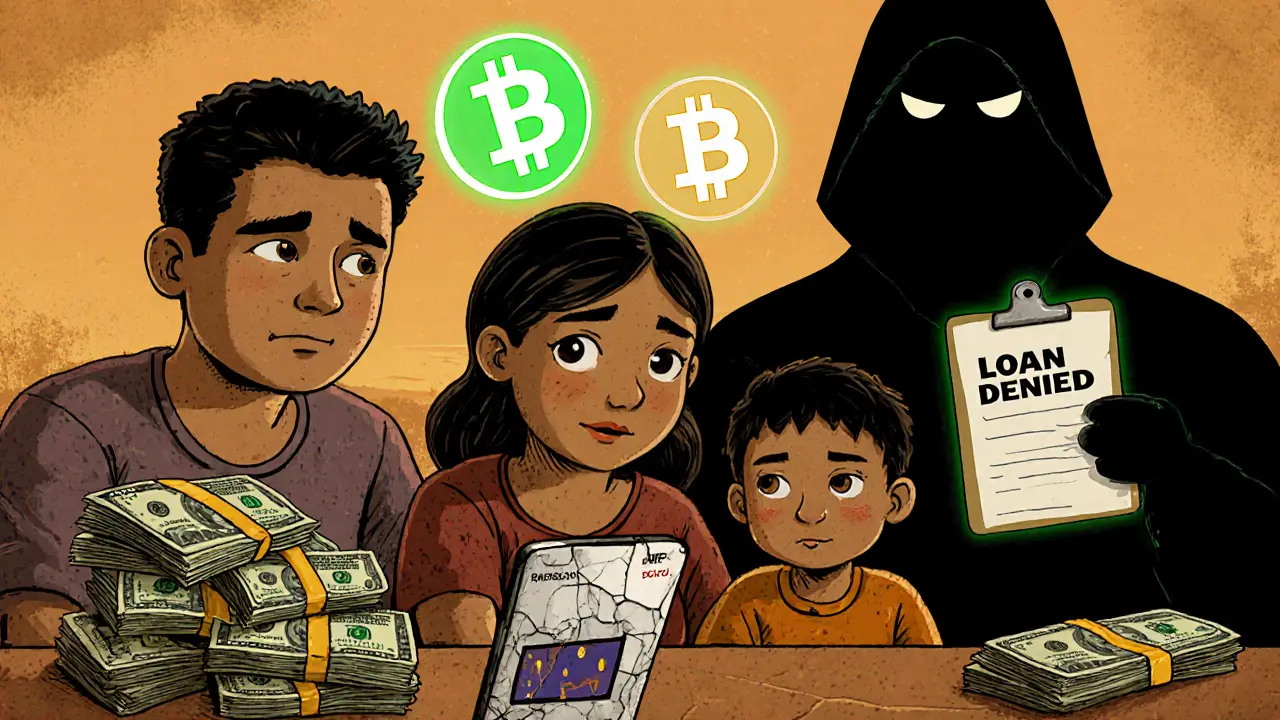Finance & Technology: How Crypto and Digital Tools Are Changing Money
When we talk about Finance & Technology, the intersection of money systems and digital innovation that’s rewriting how value is created, moved, and stored. Also known as digital finance, it’s no longer just about apps and algorithms—it’s about real people using Bitcoin to send money across borders, governments building crypto infrastructure, and everyday users bypassing traditional banks. This isn’t science fiction. It’s happening right now, quietly, in places like El Salvador, where Bitcoin, a decentralized digital currency that operates without banks or central control. Also known as BTC, it’s being used not just as an investment, but as actual money in daily life. The Chivo Wallet, a government-backed app, lets people pay for coffee, bus rides, and even electricity with Bitcoin—even when the local economy is shaky.
What makes this shift powerful is how blockchain, a public digital ledger that records transactions securely without needing a middleman. Also known as distributed ledger technology, it’s the backbone of Bitcoin and dozens of other tools enables trust without institutions. You don’t need a bank to verify a payment—you need math and code. That’s why countries under financial pressure, or with weak banking systems, are turning to it. And it’s not just El Salvador. From Nigeria to Argentina, people are using crypto to protect savings from inflation and send remittances without paying 10% in fees. This isn’t about speculation—it’s about survival and access.
Finance & Technology isn’t just about coins and wallets. It’s about rethinking who controls money. Traditional banks have spent decades locking people out—charging fees, requiring paperwork, denying services. Crypto tools, even in their early stages, are giving people back that control. The real adoption isn’t flashy headlines. It’s a mother in San Salvador using Bitcoin to send cash to her sister in the U.S. without a wire transfer. It’s a farmer in Kenya buying seeds with a mobile crypto app. It’s a government quietly buying Bitcoin even after dropping its "legal tender" label, because they know the value stays.
What you’ll find in this collection aren’t theory pieces or hype-driven guides. These are real stories, real data, and real lessons from the front lines of digital finance. You’ll see how Bitcoin adoption actually plays out on the ground, what works, what fails, and why infrastructure matters more than price charts. Whether you’re new to crypto or you’ve been watching for years, this is where the action is—not in Wall Street trading floors, but in local markets, mobile apps, and government policy shifts that no one saw coming.
El Salvador's Bitcoin Adoption Strategy: What Really Happened and Where Things Stand in 2025
El Salvador made Bitcoin legal tender in 2021 to help the unbanked and cut remittance costs. By 2025, it dropped the status under IMF pressure-but kept buying Bitcoin and building crypto infrastructure. Real adoption is quiet, private, and growing.
